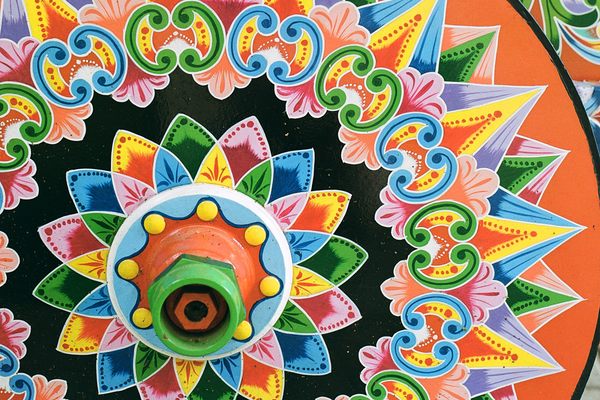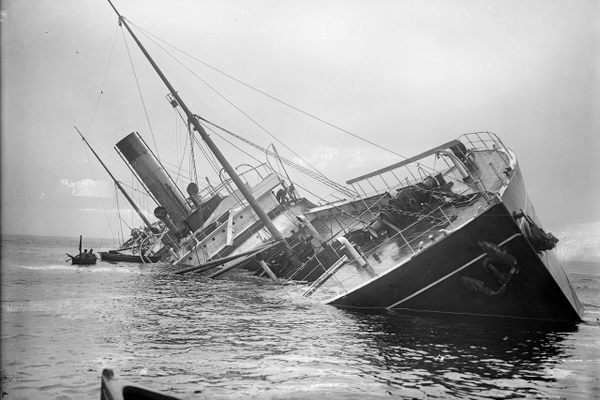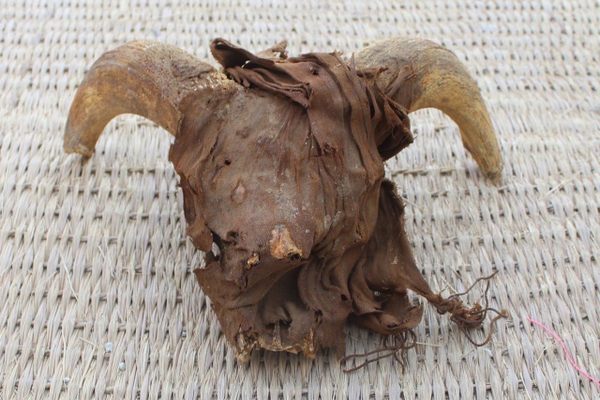From Wine Labels to Rembrandt: Celebrating a Century Of Striking Prints at the Met
Sphaera Mundi (Sphere of the World), 1485. (Photo: © The Metropolitan Museum of Art, New York)
This year marks the centenary of the Metropolitan Museum of Art’s Department of Prints. Extraordinarily, for half of this period, there were just two men responsible for growing the Department’s holdings: William Mills Ivins Jr and A. Hyatt Mayor.
In 1916, the Met appointed Ivins as the department’s first curator. Educated at Harvard and Columbia, Ivins had worked as a lawyer for nine years before joining the Met. His role was to grow the small collection which had originated in 1880 with a gift of 670 prints from Cornelius Vanderbilt. His 30-year tenure was celebrated by the acquisitions he made, and also by his choice of protégé and successor, A. Hyatt Mayor.
Another Ivy Leaguer (a Princeton graduate and Rhodes scholar), Mayor joined Ivins in the 1932. His brief, when he arrived, was to “learn the collection”. After 14 years working in the Prints Department, Mayor took over when Ivins retired. From 1946 to 1966, Mayor continued to expand not only the collection, but also the scope, as he acquired sheet music covers, wine labels and film posters.
Today, as it reaches 100 years in operation, the Met’s Department of Prints holdings are vast: 1.2 million prints, 17,000 drawings, and 12,000 illustrated books. Items from the collection are exhibited for shorter period, usually around 3 months, and under specific conditions, to protect them.
To celebrate the department’s centenary and the legacy of Ivins and Mayor, The Power of Prints opens on January 26, 2016. Displaying works collected in those first 50 years, including masterpieces from artists such as Rembrandt and Goya, the exhibition is an opportunity to experience first-hand some of the heritage of the Department of Prints.

The Letter, Mary Cassatt, 1890–91. (Photo: © The Metropolitan Museum of Art, New York)

Nemesis (The Great Fortune), Albrecht Dürer, 1501–2. (Photo: © The Metropolitan Museum of Art, New York)

Adam and Eve, Albrecht Dürer, 1504 . (Photo: © The Metropolitan Museum of Art, New York)

A Giant Seated in a Landscape, sometimes called ‘The Colossus’, Goya , by 1818. (Photo: © The Metropolitan Museum of Art, New York)

The Great Hercules, Hendrick Goltzius, 1589. (Photo: © The Metropolitan Museum of Art, New York)

The Three Trees, Rembrandt, 1643. (Photo: © The Metropolitan Museum of Art, New York)

Christ Crucified between the Two Thieves: The Three Crosses, Rembrandt, 1653. (Photo: © The Metropolitan Museum of Art, New York)











































Follow us on Twitter to get the latest on the world's hidden wonders.
Like us on Facebook to get the latest on the world's hidden wonders.
Follow us on Twitter Like us on Facebook